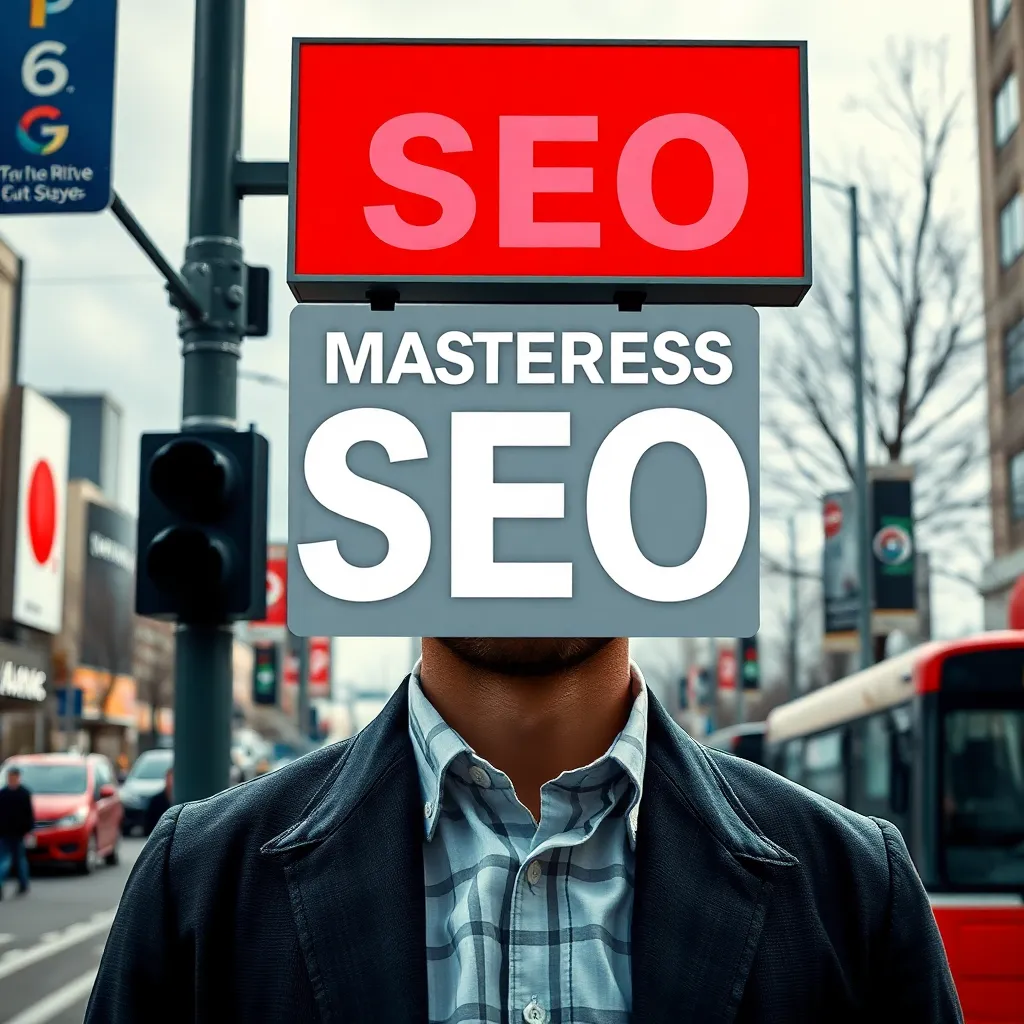Mastering Headless SEO: Benefits, Risks, and Optimization Strategies
Headless SEO addresses the unique challenges and opportunities presented by headless content management systems (CMSs), which decouple the content repository (the “body”) from the presentation layer (the “head”). In this architecture, content is stored and managed independently, then delivered via APIs to various frontends, such as websites, mobile applications, or IoT devices. This separation offers immense flexibility but necessitates a distinct approach to search engine optimization.
The primary benefits of a headless setup include enhanced omnichannel content delivery, allowing businesses to publish content consistently across multiple platforms from a single source. This architecture often leads to superior website performance, as frontends can be built using modern, lightweight technologies (like React or Vue.js) that typically load faster, contributing positively to user experience and search engine rankings. Developers gain greater flexibility in technology choices, and the system can be more scalable and future-proof, as content is platform-agnostic.
However, headless SEO introduces several risks and complexities. A significant challenge lies in ensuring content is discoverable and indexable by search engines, especially when frontends rely heavily on client-side JavaScript rendering. Proper implementation of server-side rendering (SSR), static site generation (SSG), or dynamic rendering becomes crucial to allow crawlers to access and understand the content. Managing URL structures, meta titles, descriptions, and structured data (schema markup) across potentially multiple “heads” requires meticulous planning and execution. Internal linking strategies and sitemap generation also need careful consideration to guide search engine bots through the decoupled content. Content editors might also face difficulties previewing content in its final rendered state, making on-page SEO adjustments less intuitive.
Effectively optimizing a headless setup involves a strong technical SEO foundation, ensuring proper rendering, efficient API calls, and robust metadata management. While no specific examples are mentioned, this approach is common in modern web development, powering dynamic websites and applications where content needs to be highly adaptable and performant across diverse digital touchpoints.
(Source: https://moz.com/blog/headless-seo-whiteboard-friday)









